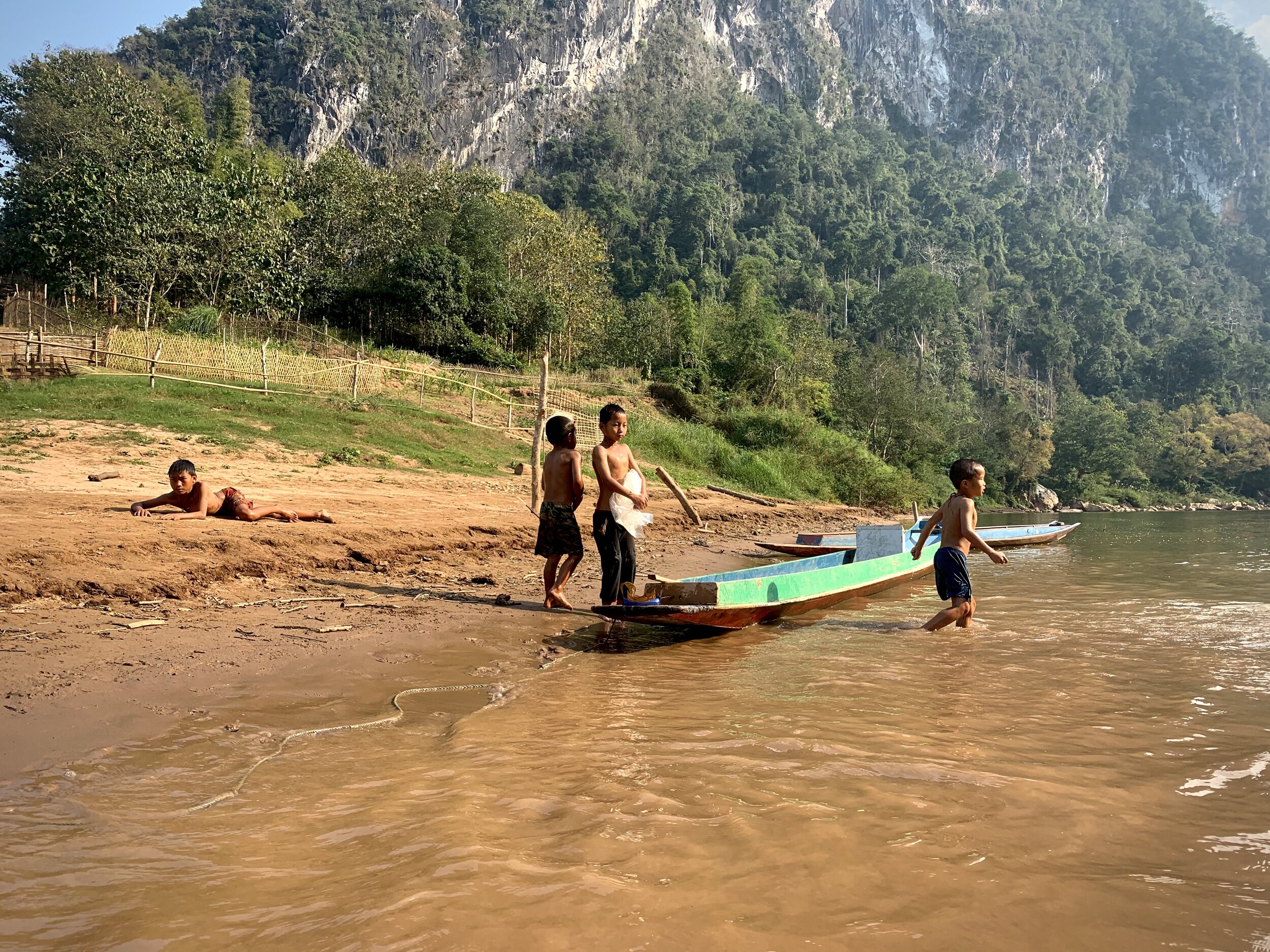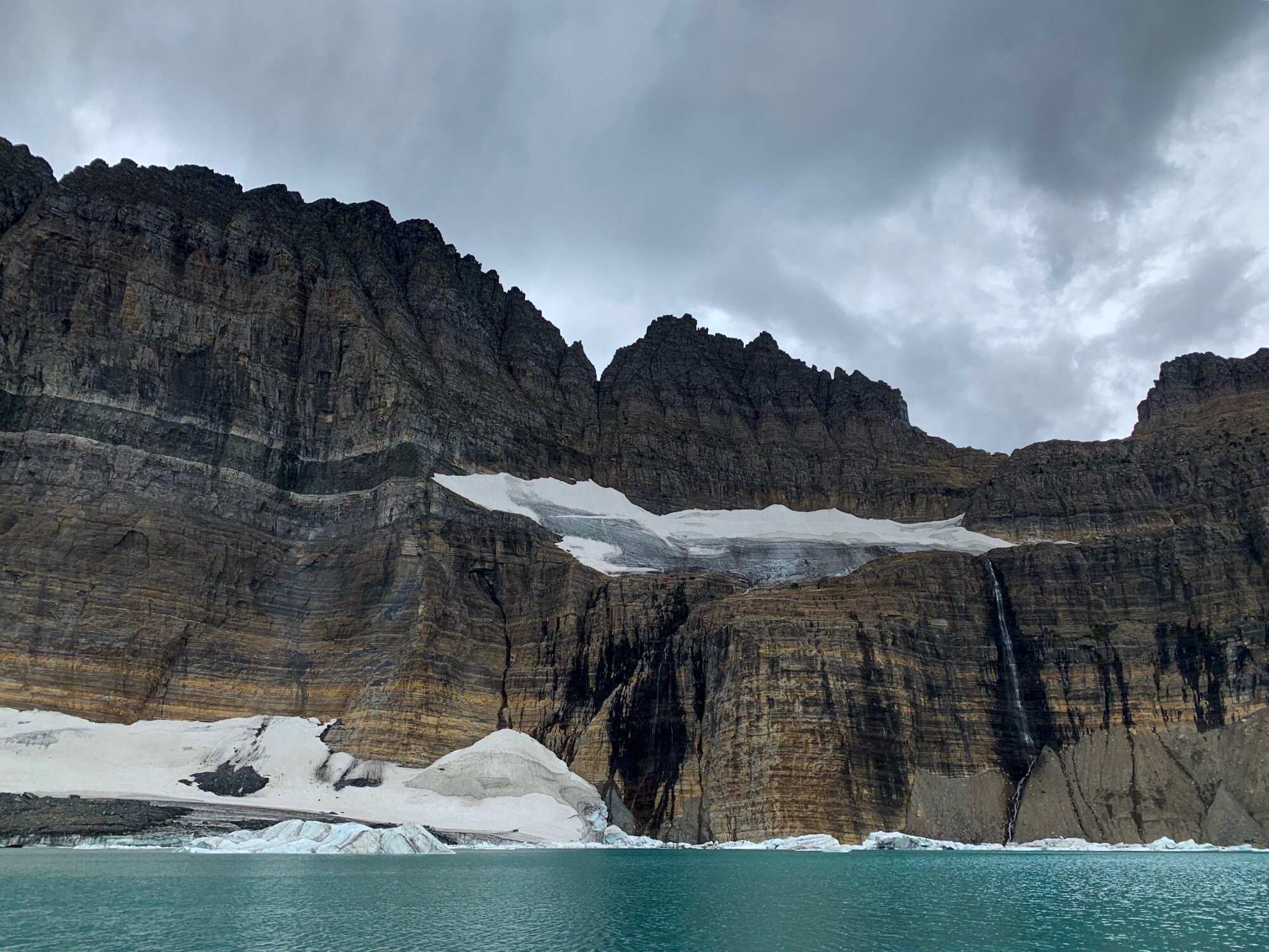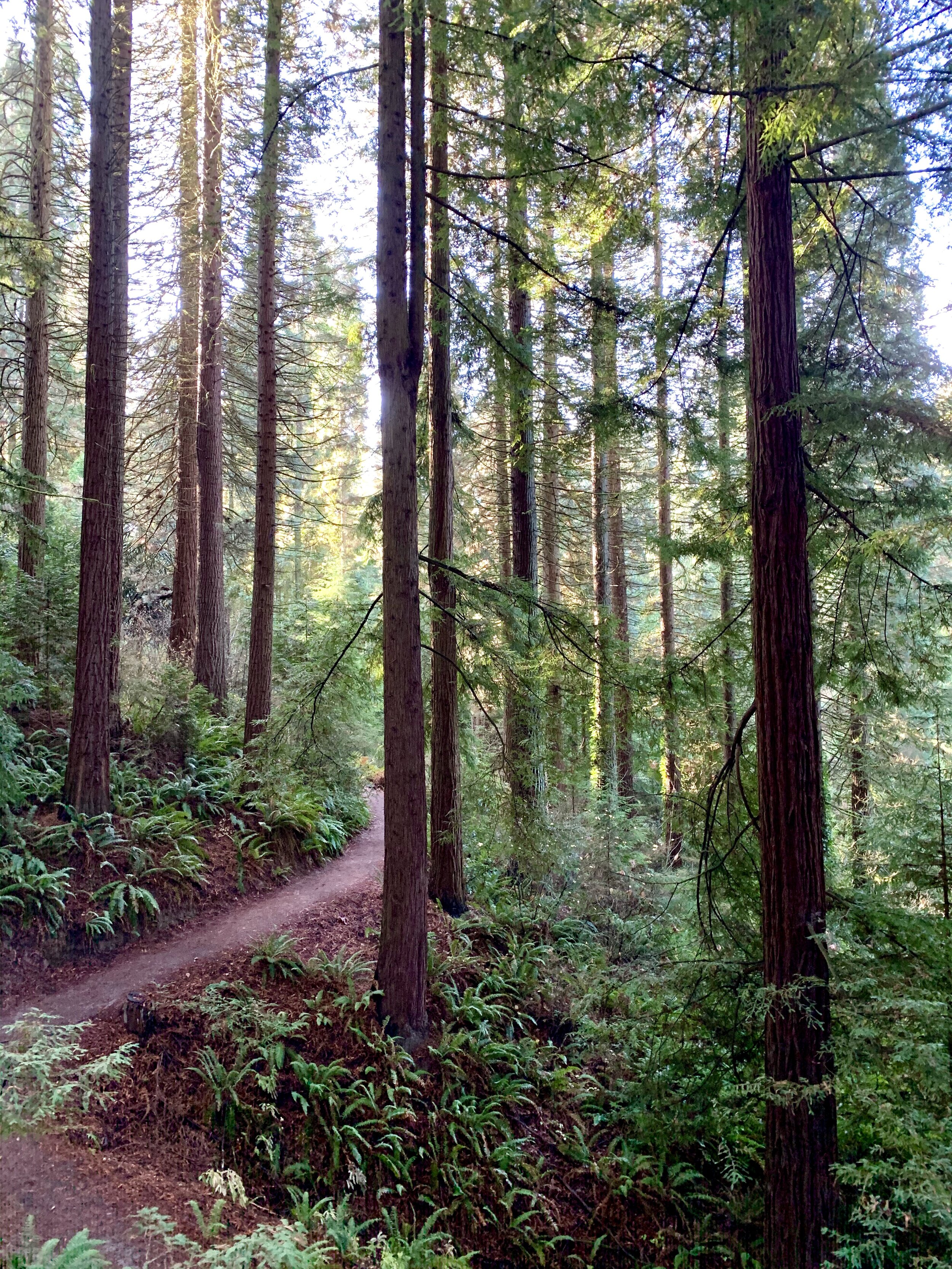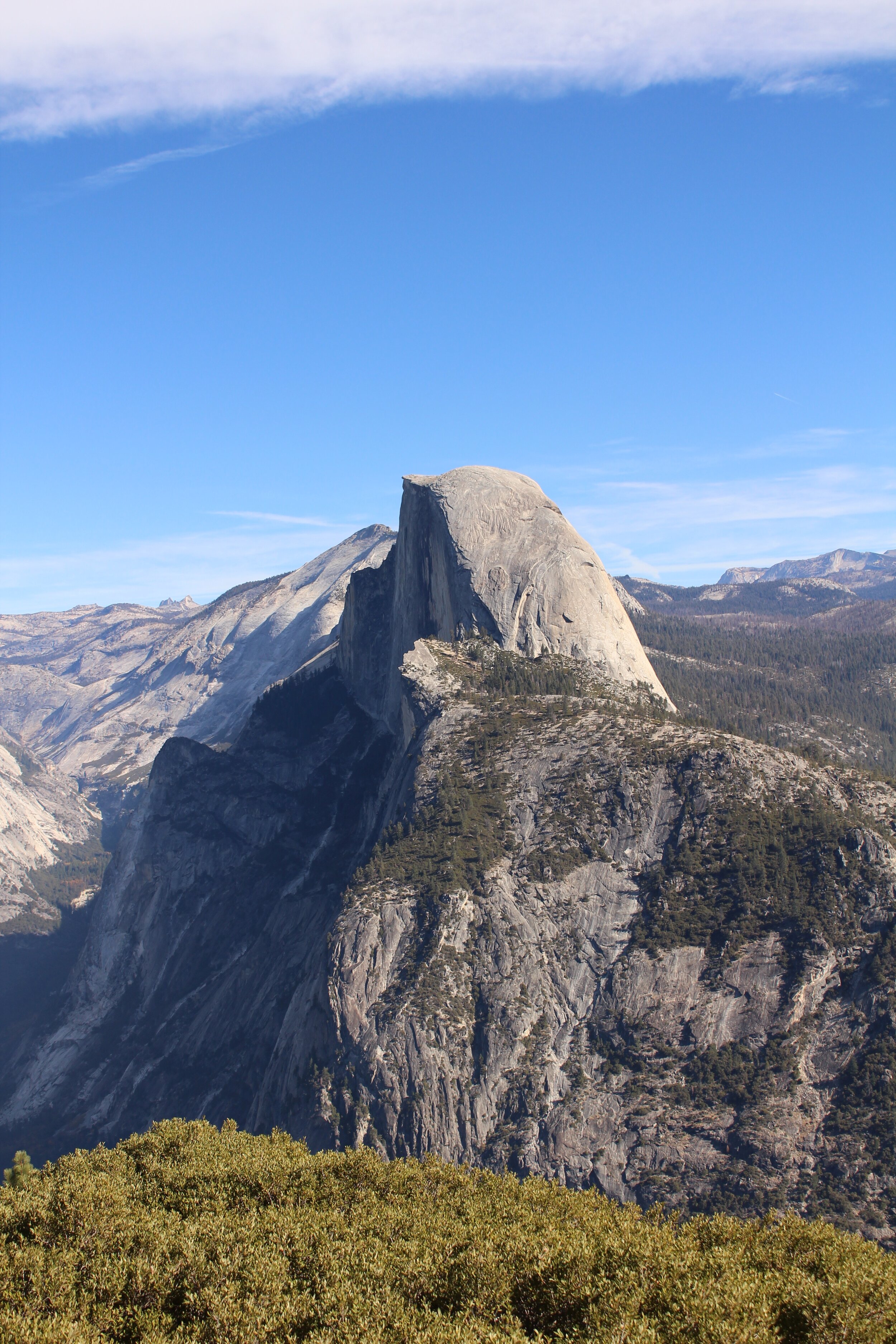In my world, I do a lot of driving. In the past year, I’ve put about 20,000 miles under my wheels (in two separate vehicles of course), and while I like to keep my drives short (3-4 hours if possible), there are some days when you just can’t avoid that 6-12 hour long-haul. Doing drives like this to get to a destination can be grueling, especially if you’re solo, so whether you’re a full time vanlifer like myself, or a casual traveler looking to get that road trip fix in this spring, here are my best tips for surviving a day on the road.
Disclaimer: this post may contain affiliate links
My first tiny home, in Badlands National Park, SD
1: Be prepared for time zone shifts
If you’re traveling coast to coast (or in any vaguely horizontal direction, really, if you’re not just road tripping in the states), it’s super important to be prepared to shift in your time zone. This can affect your arrival time greatly, and will affect you more if you’re moving West to East, rather than East to West, since you’ll be arriving an hour later than planned. Keep this in mind when doing any type of long haul drive, so that you can plan accordingly for any way that this might throw off your plans.
Sedona, AZ (photographer: Brien @theotherground)
2: Snacks
Obviously, you can’t have a proper road trip without snacks. But, they’re even more important when you’re putting major miles behind you, especially if you’re driving solo. Calories keep you awake, and sometimes, you won’t want to stop for lunch, especially if you’re trying to make it to a destination by a certain time. I always keep a few snacks with me in the front of the van so that I don’t have to pull over to find something to eat every time I start getting tired.
A favorite healthy snack of mine lately is Bobo’s Oat Bars. They’re vegan, oat based, and super yummy! Pick yourself up a box HERE!
Bobo’s Oat Bars make fantastic road trip snacks
3: Water
As essential as snacks, water is something we often forget about while driving, especially if you’re driving solo. The thing is, being in the car all day singing along to the radio is incredibly dehydrating, and you’ll only get tired faster if your body needs something you aren’t giving it.
If there’s nowhere to fill up my reusable bottle, you’ll nearly always see me sipping on a Surfwater—bottled water packaged in the world’s most recyclable material: aluminum!
Surfwater aka the best water at El Matador Beach in Malibu (photographer: Alex @alx.vu)
4: An amazing playlist
Nearly as essential as food and water, having great, inspiring music to listen to is a must. I have about 10 very similar but very different road trip playlists that I recycle depending on my landscape, but my favorite artists to listen to on the road are: Lord Huron, The National Parks, Frenship, and Mogli. Oh, and the soundtrack from David Attenborough’s Our Planet. Don’t knock it ‘til you try it!
Here are some links to my current favorite Spotify playlists:
The van on Joshua Tree BLM land
5: Take Breaks
I cannot stress this one enough! If you’re traveling solo, please take breaks. This is what rest areas are for, and if there are none, gas stations and truck stops are amazing too. I recommend taking a break every 1-2 hours so that you can breathe, use the bathroom, change your music, make a sandwich, anything! Just take your eyes off the road and your hands off the wheel for 10 minutes. It’ll wake you up and make for a safer and less frustrating drive.
Bison on the road in Yellowstone National Park
6: Be aware of agricultural checkpoints
This might only be a thing in the United States—I’m not sure of agricultural laws in other countries—but if you are driving over state lines in the US, be aware of agricultural checkpoints. This is similar to how you have to declare certain items when you fly into a new country or back into the US. They will ask whether you have any fruits, veggies, plants, etc… in the vehicle, as exposing the local agriculture to those plants could affect the environment. As far as I remember, the only agricultural checkpoints in the continental US are at California entry points.
Hoyt Arboretum, OR. When you drive from Oregon to California, you will be asked if you’re carrying any produce.
7: Comfy clothes
This might go without saying, but driving in comfortable clothes will make all the difference. It’s also important to wear clothes for the weather later in the day. The other day, I drove 6 and a half hours from Tucson to San Diego and while it was freezing in the morning, as soon as I hit the Southern Californian desert near the Mexico border, it was hot and sunny! Considering the fact that my van has no AC, it was important that I drove in clothes made for warm weather so that I wouldn’t need to keep stopping to put on or take off a jacket.
One of my favorite brands of ethical and comfortable clothes is Wholesome Culture. They use organic cotton, water based ink, and donate money to animal sanctuaries for every purchase made. Check them out HERE!
Sporting my favorite Wholesome Culture T-shirt on a hike through Mammoth Cave National Park, KY. It says “There is no Planet B.”
8: Keep an eye on your cell service!
So often during long-hauls we drive into areas with no cell service without realizing it. Especially if you’re unfamiliar with the area, it’s crucial to either download your maps before, carry a paper map (for really remote areas like Montana, Canada, Alaska, and even parts of Utah/Nevada), or make sure that you do not exit your already functioning navigation. As long as you start your navigation in either Google Maps or Apple Maps, it will keep you on track even when you do lose service, but as soon as you exit, you won’t be able to just pull it right back up if you’ve got no bars. When I was driving from Valley of Fire State Park in Nevada to Bryce Canyon National Park in Utah, there was no service for the first hour of my drive, and being my second day on the road, this was incredibly stressful. Make sure you know the general direction that you’re going, and if you can find a Pilot or Flying J truck stop (in the states), go in and ask if they have WiFi so you can download a map—they usually do!
Glacier National Park, MT: one of the most remote places you can drive to. Definitely download your maps before leaving West Glacier!
9: Get off the highway and explore
If you’re not in any rush, why make it a long-haul drive in the first place? Drive in your direction until you find something interesting and then make a little detour. You never know what you might find, and there’s always the chance of an unexpected adventure. Long-haul drives are grueling and unless you have a time limit, unnecessary. Let yourself explore more instead.
One of the best detours I’ve ever made! The Salton Sea, CA. Learn more about this place HERE!
10: Take it all in…
It’s so easy when you’re road tripping to make it about the destination. But the truth is, the journey is often the most fun and beautiful part. Some of my favorite experiences on the road, and my most important revelations have come from the actual driving, not the arriving at my destination. It’s so important to take time to realize the landscapes you’re driving through, the lives of the people in the towns you’re passing by, and really, how small the world is when you really think about it.
Lake Crescent, Olympic National Park, WA
The world is far more connected than we like to think. Nothing is as far away as our maps suggest—really, it’s just one 12 hour drive. Take the time to appreciate the distance, it will make all the difference when it comes to surviving that long drive (oh, and of course, all the other stuff too).





































































